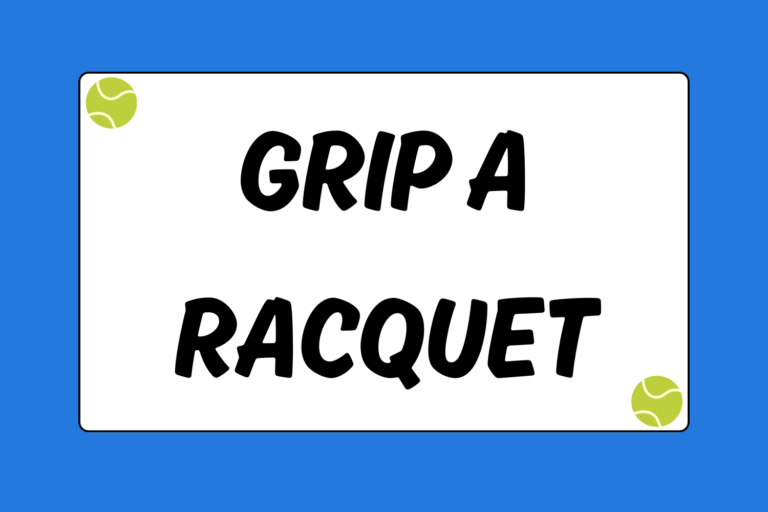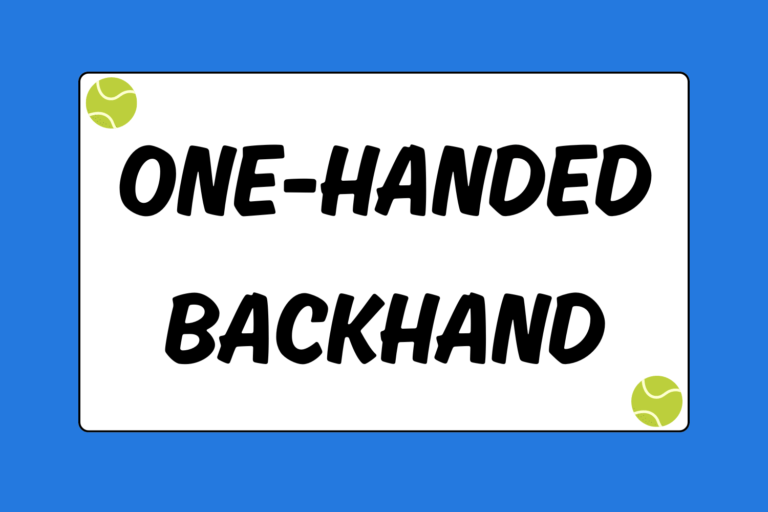The ace is one of the most — if not the most — celebrated statistics in tennis. They’re also one of the greatest ways to steal the momentum of a match and stockpile easy points. Some players seem to have a natural gift for hitting aces, but every tennis player can improve their serving technique — even dominant servers. Although tall players will have an easier time hitting aces (it’s easier to clear the net from a higher angle), proper mechanics and know-how should lead you in the right direction. This guide explains the basics behind hitting an ace in tennis.
Lining Up
How you position yourself along the baseline plays a major factor in the outcome of your serve. By moving to various spots along the baseline, you change the ball’s trajectory and angle, and you set yourself up for different types of serves. In addition, your opponent has to change his positioning and anticipate different serves, depending on how you line up.
Most singles players prefer lining up near the center hash mark. This positioning sets you up for a down-the-T serve, which is normally a server’s greatest weapon. However, you can also ace your opponent out wide from the center of the baseline. The key is to keep your opponent guessing — don’t let him recognize any tendencies or patterns in your game, and keep him on his toes. Serves are hard enough to return, but if your opponent expects a serve down the T and the ball actually goes out wide, you’re likely going to come up with an ace.
Doubles players generally line up close to the doubles alley when serving, which allows them to slice the ball out wide really effectively. Serves to the far corner of the service box are preferable in doubles because they set up the net player to close out an opponent’s return. Aces, though, are slightly less common from this position. A serve down the T can still lead to an ace, but the ball has to cover more court when you line up out wide.
In general, lining up near the center of the baseline leads to the most aces. The ball has the shortest amount of distance to cover, and your opponent has to be wary of a serve down the T. If you play doubles, mix up your serves and stand near the center hash mark on occasion and try to catch your opponents off guard.
The Ball Toss
Your ball toss is the foundation of your serve. An errant toss — even if it’s off by just an inch or two — can disrupt your entire serve. You need to alter your toss based on your serving style (i.e. topspin-heavy, flat, slice, etc.). The following section touches on ideal toss locations, but check out our guide on Perfecting the Tennis Ball Toss to get a better idea of where you should locate your toss for different types of serves.
The Serve
There isn’t a specific serving form that leads to an ace. Yes, you generally need to hit with power, but power comes from good serving technique — not from swinging hard. Once you really master the serving motion, you can speed up the swing itself and add a few ticks to the radar gun. However, serving mechanics often break down as players try to hit with more pace and you need a technically-sound swing in order to hit with power.
Focus on swinging up on the ball as you serve, as if you were hammering a nail into the ceiling and the frame of your racquet is the hammer. This technique puts topspin on the serve, which helps keep the ball in play. You can also flatten out your stroke and use more of a downward swing if you want to hit with as much speed as possible, but this technique is less consistent. Generally, balancing a topspin and flat serve leads to more aces. Depending on how much you flatten your serve, keep your ball toss somewhat in front of your body. Check out our guide on How to Hit a Pure Topspin Serve in Tennis for more information on topspin serving techniques.
Slice serves out wide can also leave your opponent whiffing. Right-handed players will want to keep their tosses slightly farther to the right because they’re actually swinging across the ball. You don’t want to hit with too much spin, though, or the serve won’t be fast enough to sail past your opponent untouched. Righties will be hard pressed to ace their opponent with a slice serve from the ad court, and lefties shouldn’t expect to amass many slice aces from the deuce court. The slice technique is slightly harder to use for an ace, but it can surprise an opponent and force him to guard the alley, setting up a down-the-T serve later in the game or match.
Hot Tip: Mix it Up
Keep in mind you can ace your opponent with any combination of serves. Flatter, down-the-T serves are probably the most common, but out-wide serves are similarly dangerous. Some players prefer hitting topspin, flat, or slice serves out wide, and have a knack for blowing it past their opponent. Find out what works best for you, and develop your own weapon.
Ace in the Hole
While there are few better feelings than watching your opponent stretch out and come up with nothing but air on a serve return, don’t dwell on hitting aces. A consistent first serve is more helpful than one that may sometimes be overpowering, so work on your technique before you try to blast your opponent off of the court. Certain situations may arise, though, where you need to come up with a point, and a big serve is a great weapon to fall back on.





